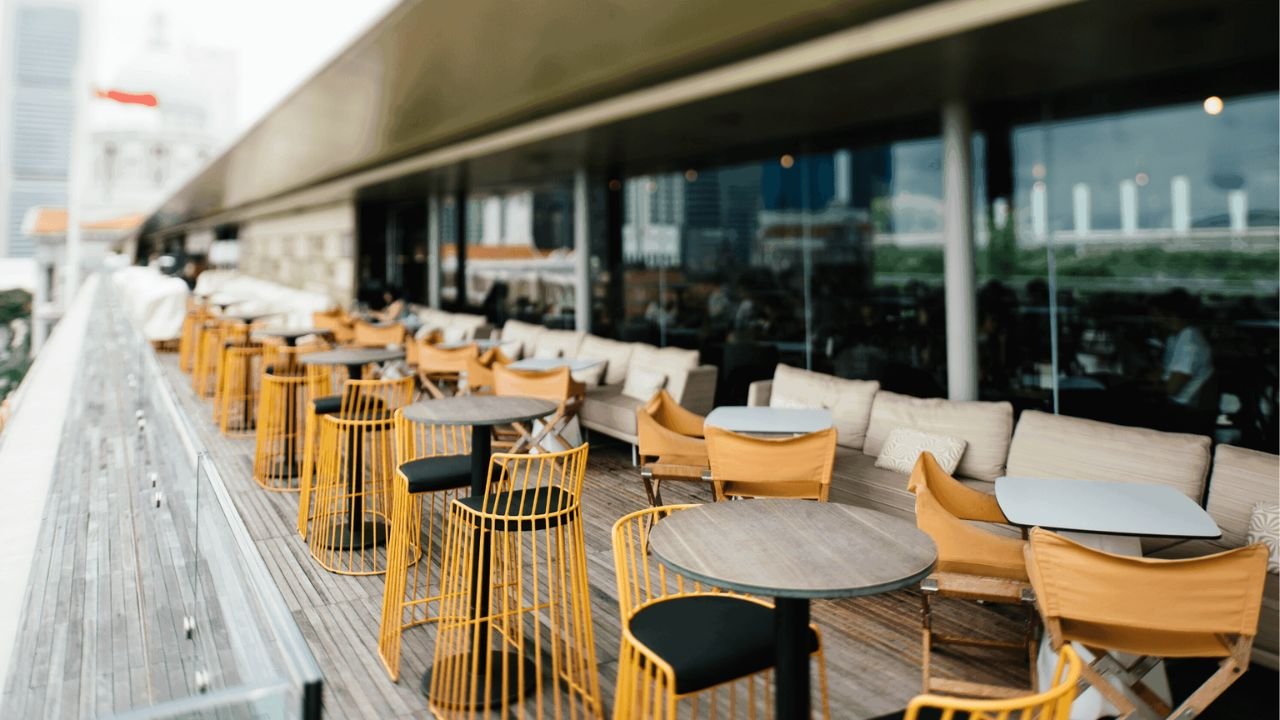One thing that will make your patrons feel pleasant and comfortable when dining is the arrangement of the chairs in your restaurant. Having a proper furniture layout influences the appearance, atmosphere, and client flows in your eatery. In this article, I will provide you with step to step plan on how to form plan of restaurant chairs to make out of the available space, comfort and environment.
- REACH THE RESTAURANT THEME AND IDEA
The theme and the idea of your restaurant is something that you have to understand first before you even begin to arrange the seats. Consider the target audience, the location and style. An example would be that a chair planning at a fine dining business would not be similar to that one of a casual cafe.
- TAKE INTO CONSIDERATION THE SPACE AVAILABLE
Consider dimensions and design of your restaurant. Take size measurements of your dinning area and make any special architectural observations in your dining area such as columns, windows, or doorway that might affect configuration of the chairs.
- PICK THE STYLE OF CHAIR
Select comfortable seats that would match your theme of restaurant. The chairs should be also designed to match the tables and the overall music. Take into account such factors as padding, material, and color to build a consistent aesthetic.
- COMPETITION SEATING CAPACITY
Make a determination of the largest number of visitors you are comfortable with receiving in a moment. This will depend on your size and concept of your restaurant. Restaurants usually attempt to do both filling more seats and provide patrons with ample space.
- SELECT TABLE SIZE
Select tables that will work well in your space and fit the number of diners you plan to serve. The ratio between table and chair size is crucial for a balanced arrangement.
- SPACING BETWEEN TABLES AND CHAIRS
Ensure enough space between the tables and seats to provide comfort and accessibility. Generally, tables’ edges should be positioned at least 18 to 24 inches away, and restaurant chairs should be placed at least 18 inches apart. Aim for aisle ways at least 36 inches wide to fit visitors and workers comfortably.
- CREATE DIFFERENT SEATING ZONE
In your restaurant, provide several seating areas based on your customers’ tastes. For instance:
- Quaint nooks for couples or little groups
- Larger tables for large groups or families
- There is bar or counter seating for lone diners or those seeking a fast supper.
- CONSIDER FLEXIBLE SEATING
Consider combining traditional tables with adaptable seating choices like banquettes, booths, and communal tables if your restaurant conducts events or has to accommodate various party sizes.
- AIM FOR ADEQUATE WALKWAYS
Ensure that your chairs’ placement permits easy access for workers and consumers. Avoid blocking paths or causing bottlenecks.
- OPTIMIZE VIEWS AND LIGHTNING
Whether it’s an outside setting, an open kitchen, or an architectural highlight, place seats to maximize desired views for a relaxing eating experience and ensure that natural and artificial lights are spread properly and that hearts are well-lit.
- EXPERIMENT AND SEEK FEEDBACK
Try out several arrangements before settling on your chair setup, and then choose the one that best suits your room. Be bold and ask for advice from dependable friends or coworkers for alternative viewpoints.
- MAINTAIN FLEXIBILITY
Plan to move your chairs around as necessary. Based on client feedback and shifting eating preferences, your original arrangement might need to be improved.
- CONSIDER OUTDOOR SEATING
If your restaurant has an outside area, invest in comfortable, weatherproof seats to increase your dining options. To ensure an excellent outdoor eating experience, ensure adequate spacing and access.
- COMPLY WITH REGULATION
Ensure your seating arrangement conforms to all applicable building and safety rules, particularly occupancy restrictions, fire exits, and accessibility.
- REGULAR MAINTENANCE
By routinely cleaning and examining your chairs, you can preserve their condition



